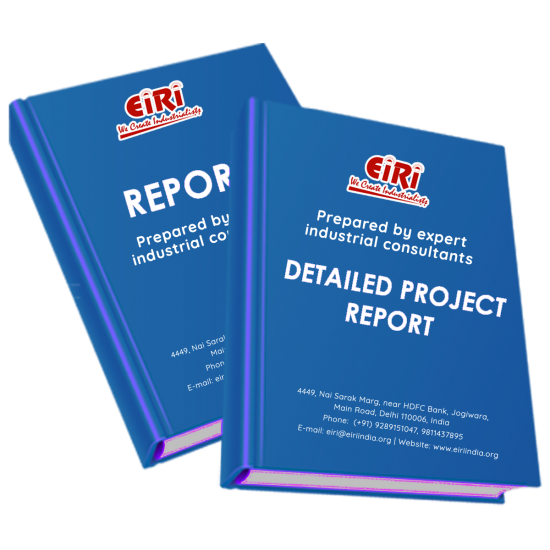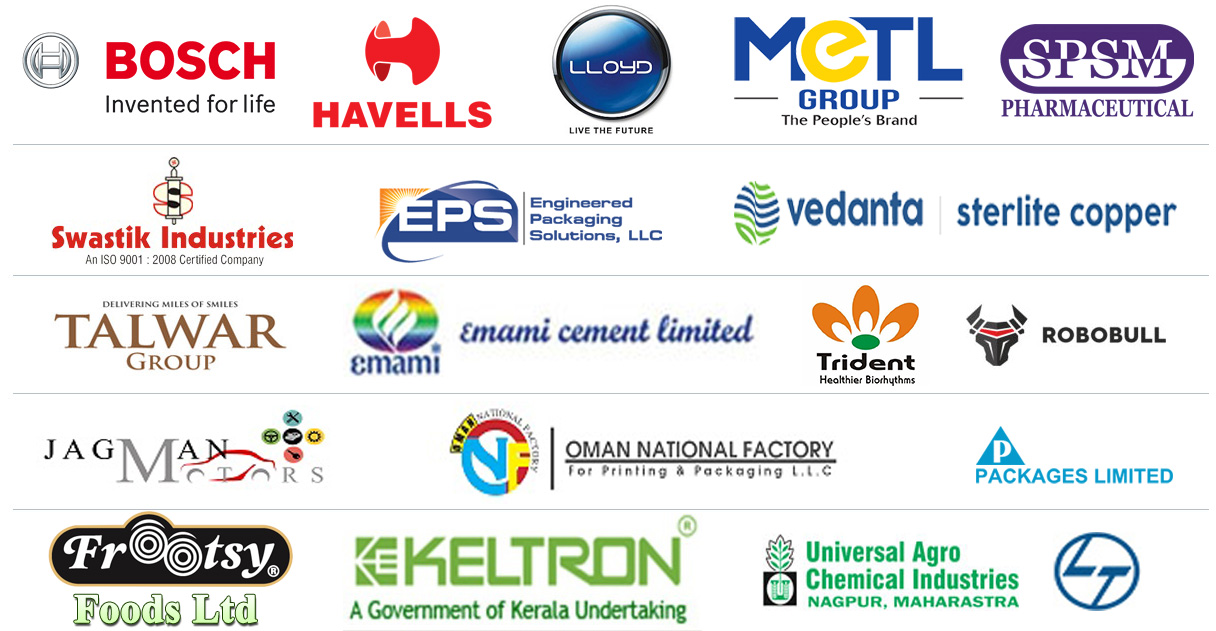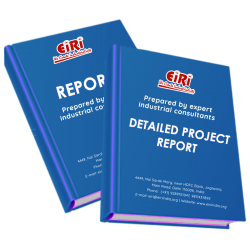Detailed Project Report on castor oil

- More than 45 years of experience
- Managed by expert industrial consultants
- ISO 9001-2015 Certified
- Registered under MSME, UAM No: DL01E0012000
- 24/5 Research Support
Get your quesries resolved from an industry expert. Ask your queries before report or book purchase. - Custom Research Service
Speak to the our consultant to design an exclusive study to serve your research needs. - Quality Assurance
All reports are prepared by highly qualified consultants & verified by a panel of experts. - Information Security
Your personal & confidential information is safe & secure.
CASTOR OIL
CODE NO. 5462
Castor oil is derived form the bean of the castor plant, Ricinus Communis L., of the family Eurphorbiaceae. The castor plant occurs in practically all tropical and subtropical countries, either wild or cultivated. It is also found widly as both an ornamental and cultivated plant in temperate zones where, because it is frost sensitive, it is grown annually from seed. It is a highly heterogeneous species, with wide variations in the size, form, and color of the plant, as well as the size and color of the seed, and the dehiscence of the capsules. There is relatively little variation in the oil content of fully matured seeds and in the chemical composition of the oil. The seeds are toxic and the ingestion of even on seed can be fatal to humans.
The seeds of the castor plant are produced in racemes, or clusters of capsules. The capsules are usually spiny and each contains three seeds. The hulls surrounding the seeds constitute roughly one thrid of the weight of the mature capsule. The seeds are mottled to varying extents, most often with shades of dark brown overlaying, shades of light brown. Seed size of commercial varieties varies from 250 to 1680 per kilogram. Although laoratory yield of oil from entire (undecorticated) seed of commercial varieties averages about 49%, the factory yield is usually about 45%.
Castor oil is also known as Ricinus Oil, oil of Palma Christi, tangatangan oil, and Neoloid. Typical of most fats, the oil is a triglyceride of fatty acids. What is unique is that the fat contains 87%-90% ricinoleic acid, cis-12- hydroxyoctadec-9- enoic acid, CH3(CH2)5CH(OH)CH2CH==CH(CH2)7COOH, a rare source of an eighteen carbon hydroxylated fatty acid with one double bond. Castor oil, sometimes described as a triglyceide of ricinoleic acid, is one of the few naturally occurring glycerides that approaches being a pure compound.
The oil is pale yellow and viscous, with a slight characterisitc odor, and nearly tasteless but familiarly unpleasant through its minor use as a purgative. The industrial uses of castor oil are extensive.
Castor oil is used as a raw material in a number of chemical and pharmaceutical industries. It has a medical value as a purgative. So it is a very important vegetable oil. In chemical industry it is used in the manufacture of soaps. Castor oil is extracted from castor oil seeds which are obtained from a plant which grows as a wild plant but its regular plantation has been started in India. Castor oil has white tingue and it has a viscosity approximately that of the sirson oil. The plantation is grown and cultivated as sirson oil and some other seeds. When the plant gets matured it develops big size buddings of the size about 1" to 2" in diameter. This shell or buddings consists of castor oil seeds, some pulp and other carbonaceous matter etc. The crop is cut and the shells containing castor oil seeds are collected. It is allowed to dry for few days so that the seeds may be separated from the shell easily with the help of a simple shredder.
Caster seed is very hard and does not require much care during storage. No insect or disease attacks the seed. The oil content does not get either reduced or affected even 3 years of storage. Usually castor seed is not required to be stored in warehouses area long periods. Being a cash crop, it is immediately crushed locally and the oil exported. In warehouses, castor-seed is stored in gunny (jute) bags.
Sometimes if the bags get wet due to high humidity or leakage of rain-water, the seeds become slightly mouldy but this does not reduce the oil content or the viability.
The odour of castor oil is not appreciable and hence before using in soap industry or many industry its deodourization is necessary. For saponification 18.5% caustic potash is required. It is easily saponified and the soap prepared from this oil is soft and easily soluble in water. Other oils are mixed with this oil for soap making industry for economic reasons.
COST ESTIMATION
Plant capacity 10.00 TON/day
Land & Building (3000 Sq.Mtr) Rs. 24.90 Lacs
Plant & Machinery Rs. 62.00 Lacs
W.C. for 3 Months Rs. 2.18 Cr
Total Capital Investment Rs. 3.17 Cr
Rate of Return 60%
Break Even Point 31%
1. INTODUCTION
2. PROPERTIES
3. USES OF CASTOR OIL
4. B.I.S. SPECIFICATIONS
5. MARKET SURVEY
6. PRESENT MANUFACTURERS OF CASTOR OIL
7. DEALERS OF CASTOR OIL
8. RAW MATERIAL MAJOR AREAS OF PRODUCTION OF CASTOR
9. QUALITIES OF CASTOR SEED
10. PROCESSING OF CASTOR
11. CASTOR CAKE
12. USES
13. MANUFACTURING DIAGRAM
14. PLANT LAYOUT
15. SUPPLIERS OF PLANT AND MACHINERY
16. SUPPLIERS OF RAW MATERIALS
APPENDIX – A :
1. COST OF PLANT ECONOMICS
2. LAND & BUILDING
3. PLANT AND MACHINERY
4. FIXED CAPITAL INVESTMENT
5. RAW MATERIAL
6. SALARY AND WAGES
7. UTILITIES AND OVERHEADS
8. TOTAL WORKING CAPITAL
9. COST OF PRODUCTION
10. PROFITABILITY ANALYSIS
11. BREAK EVEN POINT
12. RESOURCES OF FINANCE
13. INTEREST CHART
14. DEPRECIATION CHART
15. CASH FLOW STATEMENT
16. PROJECTED BALANCE SHEET
How to Make Project Report?
Detailed Project Report (DPR) includes Present Market Position and Expected Future Demand, Technology, Manufacturing Process, Investment Opportunity, Plant Economics and Project Financials. comprehensive analysis from industry covering detailed reporting and evaluates the position of the industry by providing insights to the SWOT analysis of the industry.
Each report include Plant Capacity, requirement of Land & Building, Plant & Machinery, Flow Sheet Diagram, Raw Materials detail with suppliers list, Total Capital Investment along with detailed calculation on Rate of Return, Break-Even Analysis and Profitability Analysis. The report also provides a birds eye view of the global industry with details on projected market size and then progresses to evaluate the industry in detail.
We can prepare detailed project report on any industry as per your requirement.
We can also modify the project capacity and project cost as per your requirement. If you are planning to start a business, contact us today.
Detailed Project Report (DPR) gives you access to decisive data such as:
- Market growth drivers
- Factors limiting market growth
- Current market trends
- Market structure
- Key highlights
Overview of key market forces propelling and restraining market growth:
- Up-to-date analyses of market trends and technological improvements
- Pin-point analyses of market competition dynamics to offer you a competitive edge major competitors
- An array of graphics, BEP analysis of major industry segments
- Detailed analyses of industry trends
- A well-defined technological growth with an impact-analysis
- A clear understanding of the competitive landscape and key product segments
Need Customized Project Report?
- Ask for FREE project related details with our consultant/industry expert.
- Share your specific research requirements for customized project report.
- Request for due diligence and consumer centric studies.
- Still haven't found what you're looking for? Speak to our Custom Research Team
About Engineers India Research Institute:
Note: We can also prepare project report on any subject based on your requirement and country. If you need, we can modify the project capacity and project cost based on your requirement.
Our Clients

Our Approach
- Our research reports comprehensively cover Indian markets (can be modified as per your country), present investigation, standpoint and gauge for a time of five years*.
- The market conjectures are produced on the premise of optional research and are cross-accepted through associations with the business players
- We use dependable wellsprings of data and databases. What's more, data from such sources is handled by us and incorporated into the report
Why buy EIRI reports?
- Our project reports include detailed analysis that help to get industry Present Market Position and Expected Future Demand.
- Offer real analysis driving variables for the business and most recent business sector patterns in the business
- This report comprehends the present status of the business by clarifying a complete SWOT examination and investigation of the interest supply circumstance
- Report gives investigation and top to bottom money related correlation of real players/competitors
- The report gives gauges of key parameters which foresees the business execution























